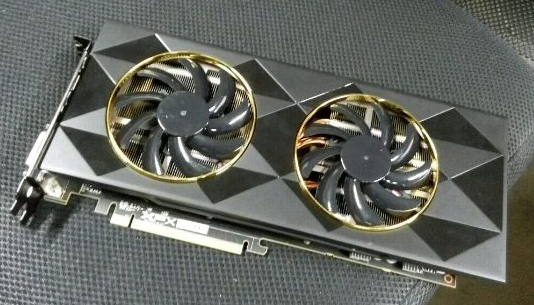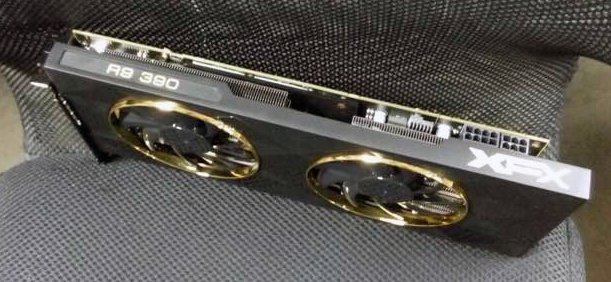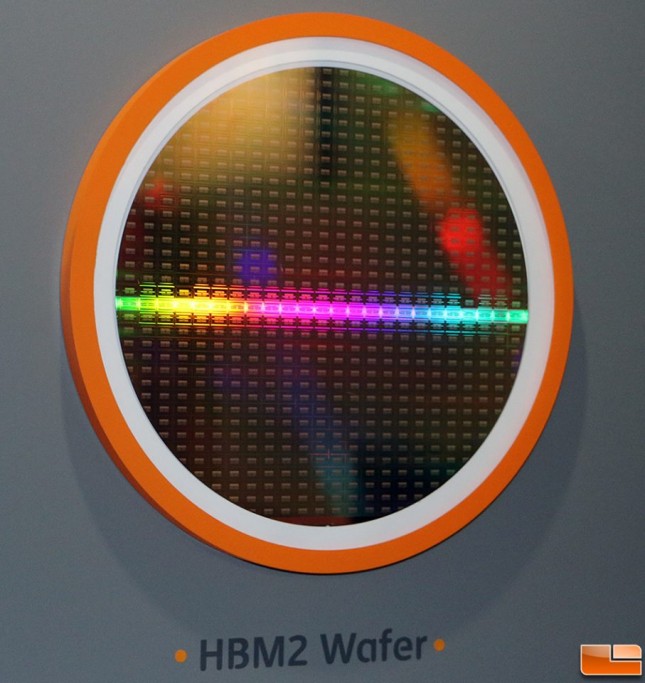XFX Radeon R9 390 Video Card Pictures Leaked?
Could WCCFTech have some of the very first pictures of XFX Radeon R9 390 Double Dissipation graphics card? The site today posted up images of what they claim is the XFX Radeon R9 390 Double Dissipation and shows that the AMD Fiji GPU powered card supports XDMA Crossfire and needs additional power from a 6-pin and 8-pin PCIe power headers.
Two images of the card have been leaked that we know about. One image shows the front of the card and the other shows the top down. From what we gather from these images this is a dual-slot card with twin cooling fans and what appears to be two fairly large aluminium cooling fin arrays. Despite the glare you can see that it doesn’t have any CrossFire interconnects like the AMD Radeon R9 290 series, so it looks like XDMA CrossFire will still be used on Fiji like it was on Hawaii. The top down shot also shows the 6-pin and 8-pin PCIe power connectors, so this card is able to get 300W of power although we all are pretty certain that it will use less power than that since cards are always built with some headroom in there.
The back of the XFX Radeon R9 390 is not shown, but we would expect to see either 4GB or 8GB of 3D High Bandwidth Memory (HBM) that has been widely rumored to be in place on AMD’s upcoming Radeon R9 390X and 390 video cards. WCCFTech expects that the AMR Radeon R9 390/390X 4GB video cards will have the memory clocked at 1250 MHz and have an astonishing 640 GB/s of memory bandwidth! They also believe that the Radeon R9 390X will have 4096 cores whereas the Radeon R9 390 will have 3840 cores. Pricing is still a long ways off, but the AMD Radeon R9 390X could be in the $700 price range with the Radeon R9 390 being down around $500 to $600.
Last month we ran across Radeon R9 390X performance leaks, so hopefully we’ll see some more now that images of the cards are being posted! It’s always easier to believe early leaked numbers if they have pictures of the card to go along with the data!



